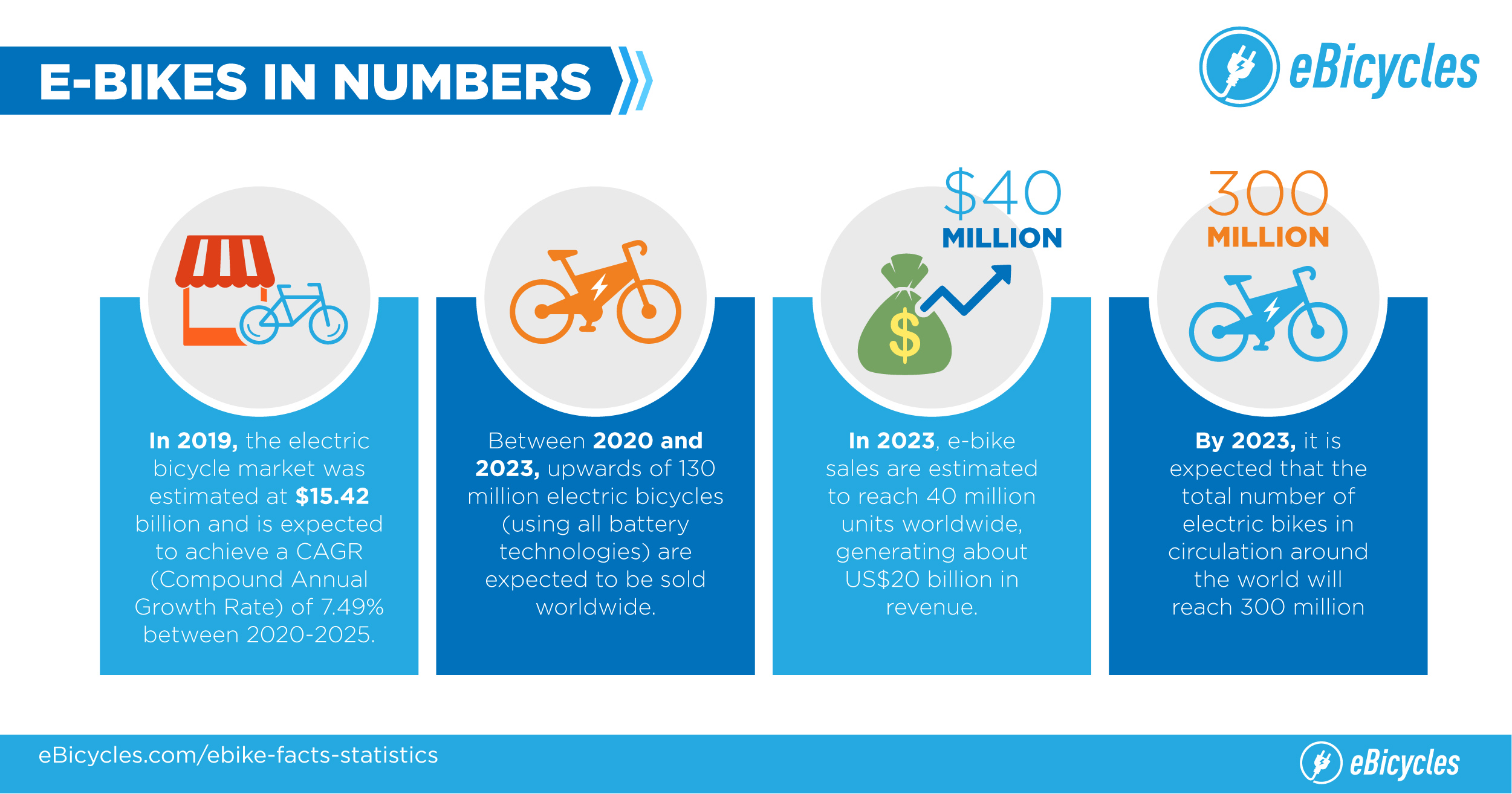A Beginner'S Overview To E-Bike Regulations And Regulations In Your City
A Beginner'S Overview To E-Bike Regulations And Regulations In Your City
Blog Article
Article Created By-Perkins Bates
Before you hop on your e-bike and struck the streets, it's important to recognize the laws and guidelines that regulate your city. From rate restrictions to assigned riding areas, there's a whole lot to consider to ensure you're compliant and risk-free. By familiarizing on your own with the policies specific to e-bikes, you'll be much better outfitted to enjoy your experiences with no unforeseen legal problems. Keep tuned to discover essential understandings that will certainly help you browse the e-bike landscape in your city perfectly.
Understanding E-Bike Category
When it involves navigating the realm of e-bike laws and guidelines, an essential starting point is comprehending the classification system that categorizes these electric bicycles. E-bikes are usually identified right into three primary classifications: Class 1, Class 2, and Class 3.
Class 1 e-bikes are pedal-assist just, suggesting they offer assistance while the biker is pedaling and have a maximum speed of 20 miles per hour. These bikes are allowed in locations where traditional bicycles are allowed.
Course 2 e-bikes are outfitted with a throttle that can thrust the bike without pedaling. They additionally have a maximum speed of 20 mph and are suitable for bikers that might require assistance without pedaling continuously.
Course 3 e-bikes resemble Class 1 but with a higher maximum speed of 28 mph. These bikes are usually limited from specific bike courses or tracks because of their greater speeds.
Understanding these categories is important for complying with regional guidelines and making sure a safe and pleasurable e-biking experience.
Navigating Speed Limits and Restrictions
To efficiently browse e-bike regulations and laws, it's important to understand the speed restrictions and restrictions that relate to different classes of electric bicycles.
Rate limitations for e-bikes vary depending upon the classification of the bike. Class 1 e-bikes, which are pedal-assist only and have a maximum speed of 20 mph, are normally enabled on bike lanes and paths.
Class 2 e-bikes, which have a throttle in addition to pedal-assist and likewise get to rates of approximately 20 miles per hour, may be limited in particular areas where motorized vehicles aren't allowed.
Course 3 e-bikes, with pedal-assist up to 28 miles per hour, are typically needed to adhere to the very same guidelines as traditional bikes.
It is necessary to adhere to these speed limits and constraints to ensure your security and the safety and security of others when driving. Prior to riding class 3 e-bikes -bike, familiarize on your own with the certain regulations in your city to avoid any type of possible fines or legal concerns.
Where to Adventure Your E-Bike
To determine where you can ride your e-bike, it's necessary to recognize the regulations and standards certain to your area. In many areas, e-bikes are typically allowed on roadways and roads where standard bicycles are allowed. This might include bike lanes, bike courses, and shared streets. Nonetheless, it's essential to check regional legislations as some cities might have particular limitations on where e-bikes can be ridden.
When riding your e-bike, constantly prioritize security by complying with website traffic guidelines and respecting pedestrian walkways. In just click the following document , be mindful of any type of assigned bike lanes or courses in your area and use them whenever feasible to guarantee a smoother and much safer adventure.
Some cities additionally have regulations concerning e-bike use on pathways, so make sure to familiarize yourself with these regulations to stay clear of any kind of fines or fines.
Verdict
Now that you know with the legislations and policies bordering e- bikes in your city, you can confidently hit the trail recognizing where you can ride and what constraints relate to your e-bike classification. Keep in mind to constantly prioritize safety and security and comply with the guidelines to make certain a smooth and legal experience. Happy riding!
